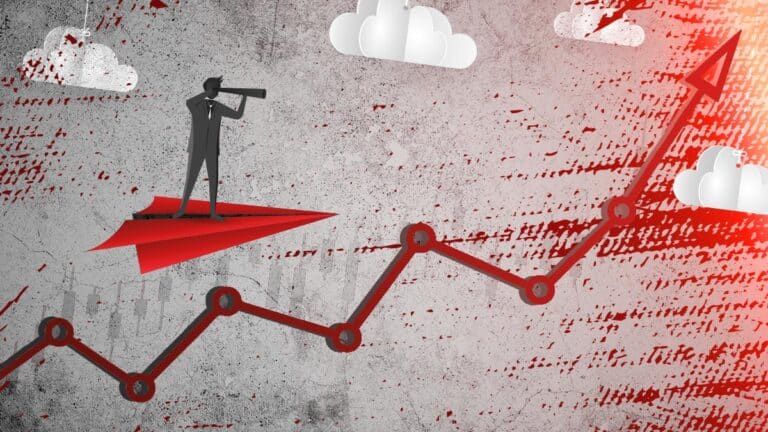It's hard to get effective marketing right. Between creative requirements, budget limits and choosing the right channel, marketers have to juggle a lot when developing their marketing strategy. B2B performance marketing offers you the perfect opportunity to precisely analyse the efficiency of individual advertising measures and optimise them accordingly.
How do you currently measure the success of your marketing campaigns? If your goals focus on attributing revenue to specific channels and campaigns, your performance reports should also focus on these. In this text you can learn why performance marketing is important for your business and how you should do it properly to get the best performance.
Table of contents
- What is B2B Performance Marketing?
- What are the advantages of B2B performance marketing?
- How do you create a B2B performance marketing campaign?
- What tools and systems are used in performance marketing?
- What are the billing models for performance marketing?
- Partnership and Tracking Tools
- Improve content marketing strategy
- Conclusion
What is B2B Performance Marketing?
Unlike traditional and organic marketing, B2B performance marketing is used specifically to drive desired actions, track them and measure them. These actions can include a generated lead, a sale, a click and more. Best of all, advertisers only pay when visitors take a specific action.
Using results-based marketing is a dedicated way to improve your performance while ensuring that you spend time and resources on the highest quality leads. The focus is always on evaluation, measurability and optimisation of each marketing activity and the primary goal is to increase its efficiency. B2B performance marketing is effective for your business because it generates results and takes into account the rapidly changing technology sector.
Check out this post on Instagram
A post shared by B2IMPACT B2B Content Marketing Agency (@b2impact_agentur)
What are the advantages of B2B performance marketing?
B2B performance marketing reduces the risk of losing money. When you implement Facebook and Instagram marketing or invest in chatbots and email campaigns, you have to pay for ads and messages upfront, so you can't be sure of their effectiveness. Performance-based marketing allows you to plan every cent of your marketing budget to bring you ROI. This way, you only pay when a lead makes a purchase, downloads an e-book, installs an app, etc.
B2B performance marketing is measurable. Because this type of marketing focuses on results, they are easy to track. Brands use different analytics tools to evaluate the results of their campaigns. You can choose the best channels and invest money wisely based on your findings.
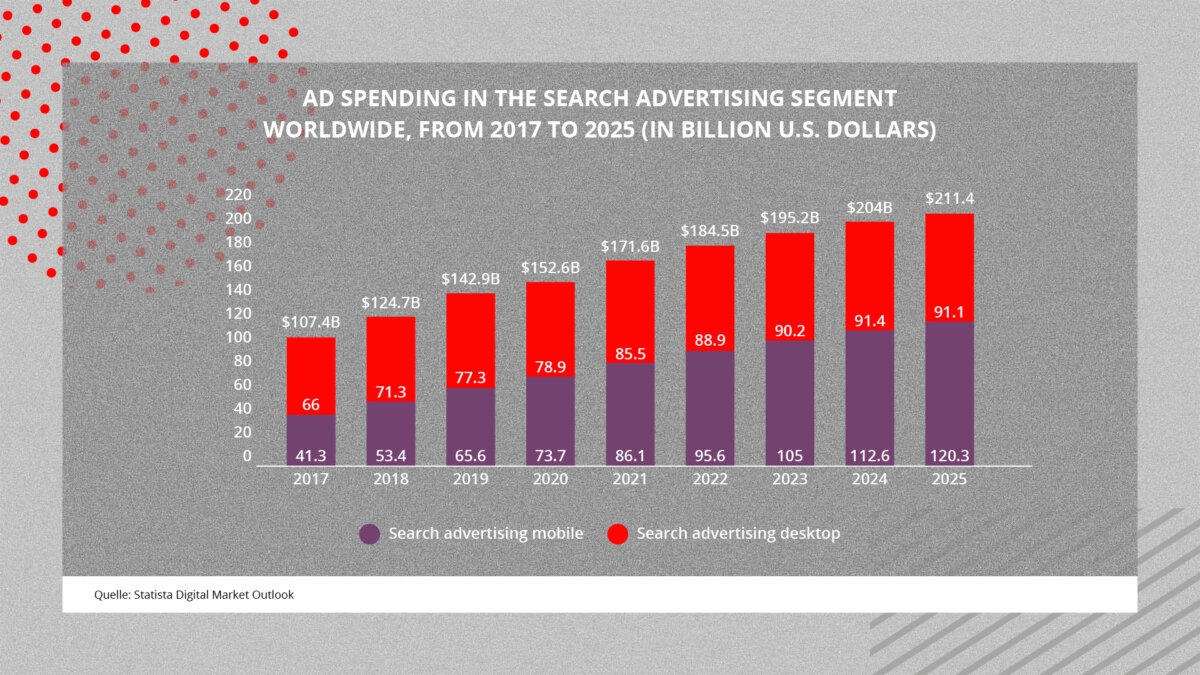
B2B performance marketing offers a high degree of transparency. Companies set specific, measurable, achievable, realistic and timely goals that leave no chance for a guessing game. This way, your partners know exactly what your requirements are and do their best to achieve your goal.
With B2B performance marketing you can gain many insights. By monitoring the data in your analytics tools, CRM and services, you can define the most effective strategies and channels, as well as tactics that work worse. This allows you to abandon strategy on the go and develop customer-focused campaigns based on user behaviour.
Now that you know why companies choose performance-based marketing, let's explain how it works.
How do you create a B2B performance marketing campaign?
There are so many different types of performance marketing channels and campaigns that there is no one-size-fits-all approach to creating a successful campaign. To build a B2B performance marketing strategy of any type and for any audience, you need to have a valid database that allows you to track the behaviour of your users and the performance or effectiveness of your marketing efforts. Use this as a guide to make your performance campaign a success.
Step 1: Setting the goals
Before you can measure the success of a campaign, it is important to set your campaign goals. Whether you are generating brand awareness or selling products, setting pre-launch goals is the foundation of B2B performance marketing.
The most popular digital marketing targets are:
Brand awareness
Website traffic
Remarketing or retargeting
Engagement
Lead generation
Sale
Once you have set your campaign goals, you can use ad platforms to create campaigns that target those specific goals.
Step 2: Planning the marketing measures
In performance marketing, it is advisable to diversify the strategies you use instead of focusing exclusively on just one. This helps to increase the presence and reach of the campaign and increase the chances of success. Whether affiliate marketing, native advertising or social media platforms: Look for channels that specialise in your conversion type and where your target audience is most likely to be.
Step 3: Create and launch campaign
Much of the work of B2B performance marketing goes into creating campaigns - identifying the target audience, understanding their pain points and desires, and creating ads and messages to meet their needs and grab their attention. The better you understand the target audience, the easier it will be to create the best ad images and headlines, design and planning.
The biggest determinant of effective marketing is your audience. If you want to reach your Buyer Persona do not align properly, your actions and advertisements are likely to fall on deaf ears.
Step 4: Evaluation and optimisation
The real work starts after the launch. Performance marketing campaigns generate data as soon as they start running. It is up to the marketer to optimise individual campaigns for performance across all tools used.
Track analytics and metrics to determine which traffic sources are performing best and then allocate advertising dollars accordingly. Use performance marketing campaigns not only to increase sales, but also to identify your best tools, audiences and campaign goals to increase your return on investment (ROI).
Step 5: Deal with potential pitfalls
As with any marketing campaign, there are some potential challenges and pitfalls with B2B performance marketing, including:
Brand safety
Compliance-related issues
Privacy policy
Click Fraud & Bot Traffic
Publisher fraud and placement transparency
One way to reduce potential problems in the first place is to focus your resources on high-quality advertising networks and platforms where issues such as brand safety and privacy are handled responsibly and reliably.

What tools and systems are used in performance marketing?
Advertisers should use different strategies to ensure that ads are engaging and varied. These are some of the performance marketing tools that digital marketers should prioritise:
SEO
Search engine optimisation or SEO involves optimising your website to attract as many visitors as possible to your website organically. Instead of setting aside money for an advertising budget and competing for coveted keywords, your actual website is geared towards meeting search engine users at the moments when they are most likely to interact with your brand online.
SEA
Search engine advertising can be used to create paid advertisements. By placing the ads, you can specifically increase the ranking of your content in the search results. Useful key figures here are, for example, the Click-through rate (CTR) or Cost per Click (CPC).
LocaliQ, a marketing growth platform, has examined data from thousands of its clients' advertising campaigns on Google and Bing in order to Benchmarks for search engine advertising for the 20 most important industries for 2022 to create:
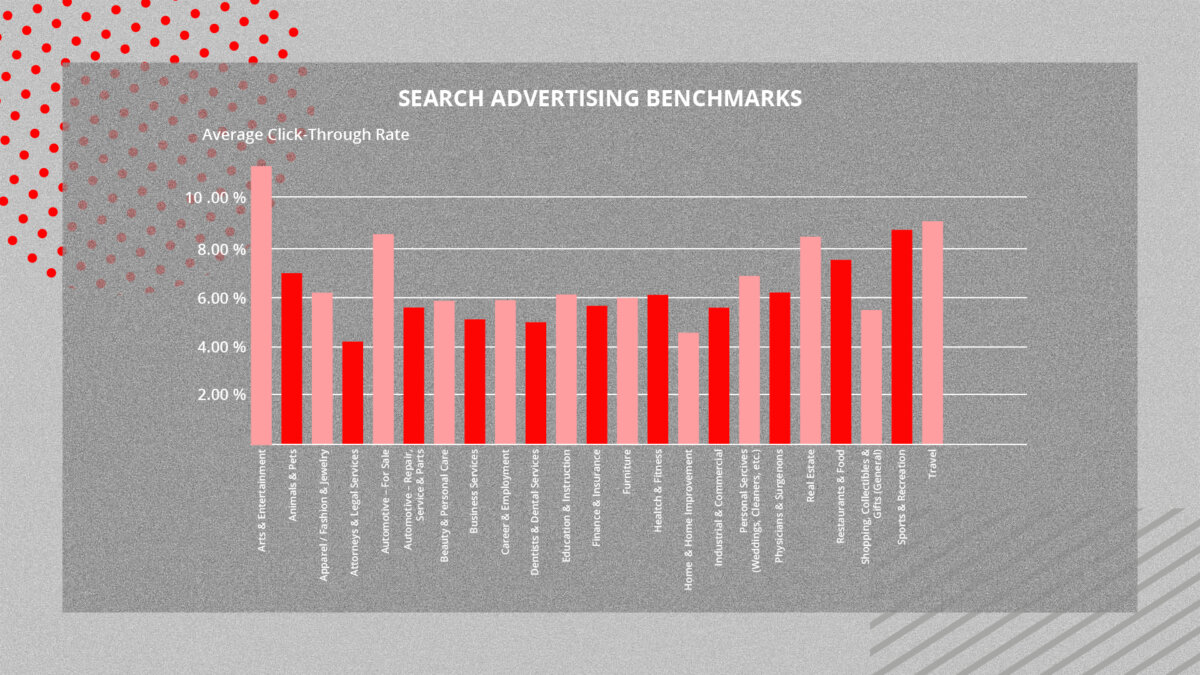
The best way to start a search engine advertising campaign is via Google's online advertising programme - Google Ads (formerly Google Adwords). With Google Ads you can, for example, advertise your business, sell products and services, raise your profile and get more traffic to the website. You do not have to observe any prescribed minimum expenditure and have full control over your budget.
You can also specify where you want your ad to be delivered and select a budget that suits you. The impact of your ad can then be easily determined.
Social media marketing
Social media is a gold mine for attracting and engaging your target audience. Each social media platform has a unique niche that marketers can use to reach the target market. Facebook and Instagram, for example, have the most extensive user base. However, other platforms can offer ways to target very specific members.
Digital marketers can use social media platforms to drive traffic, increase engagement, gain leads and increase brand awareness.
Display Advertising
Display ads are the digital answer to the billboards you probably pass every day on your way to work. They offer the eye-catching appeal of visual media and combine sophisticated targeting tactics to reach the ideal audience online.
Native Advertising
Native advertising allows digital marketers to create ads that look like part of the content, rather than competing with it for the audience's attention. Native ads can take the form of article suggestions at the end of a social media post or a Blog posts appear.
Affiliate marketing
Affiliate marketing is a performance-based advertising method where an advertising company pays a commission to a website operator for conversions. Essentially, an affiliate (website operator) makes money by promoting and selling other people's products without holding any stock, fulfilling orders or dealing with customer service. Sales are tracked through affiliate links to enable the calculation of commissions.
Email and newsletter marketing
With email marketing, you can create targeted and personalised messages. This can help you build meaningful relationships with your customers. It can also improve response rates to your direct marketing campaigns.
In order to do performance marketing at all, it is elementary to have some systems such as Google Analytics to your channels. These systems allow you to evaluate traffic, conversion rate, click through rate and other important indicators. If you do not use web analytics systems and evaluation tools, it is impossible to do data-based performance marketing.
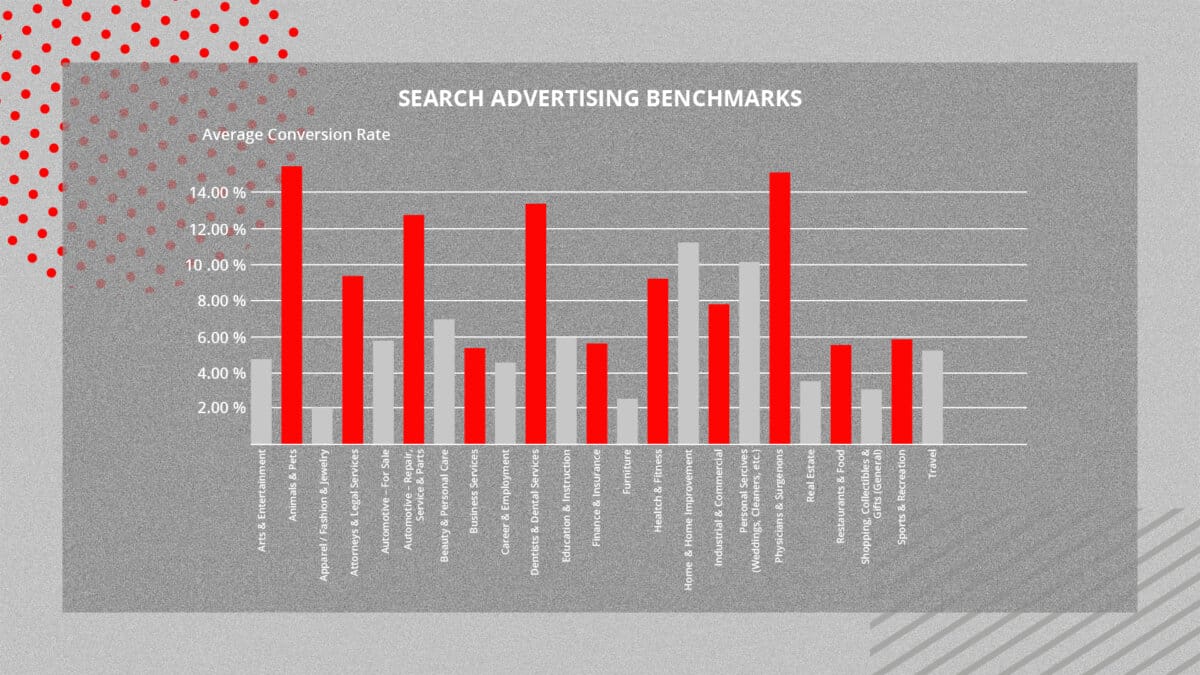
What are the billing models for performance marketing?
A defining element of performance marketing is ROI (return on investment) - every activity and action is measured, reported and analysed against pre-defined KPIs. In this way, campaign results can be understood and optimised in the direction of increased performance.
Here are some of the key metrics and KPIs commonly used in performance marketing:
CPM
CPM stands for "Cost Per Mille" or "Cost Per Thousand" and describes the cost the advertiser pays for 1000 impressions of a digital ad. In other words, it is the price for every 1000 ads shown to viewers. CPM does not measure any action taken by viewers; it only determines the price for showing the ad. Some performance marketers focus less on CPM and more on metrics that have a concrete, action-based meaning.
CPC
"Cost Per Click" refers to the price paid for each click a viewer makes on an ad. CPC is a better indicator of engagement than CPM because the viewer has taken an action and actually clicked on the ad. A higher CPC usually means that the value of the conversion is higher.
For example, a luxury car brand might set a higher CPC and thus target a much smaller audience of high potential customers who are likely to buy an expensive car. The cost of the click is more expensive, but the potential return is much higher at the same time.
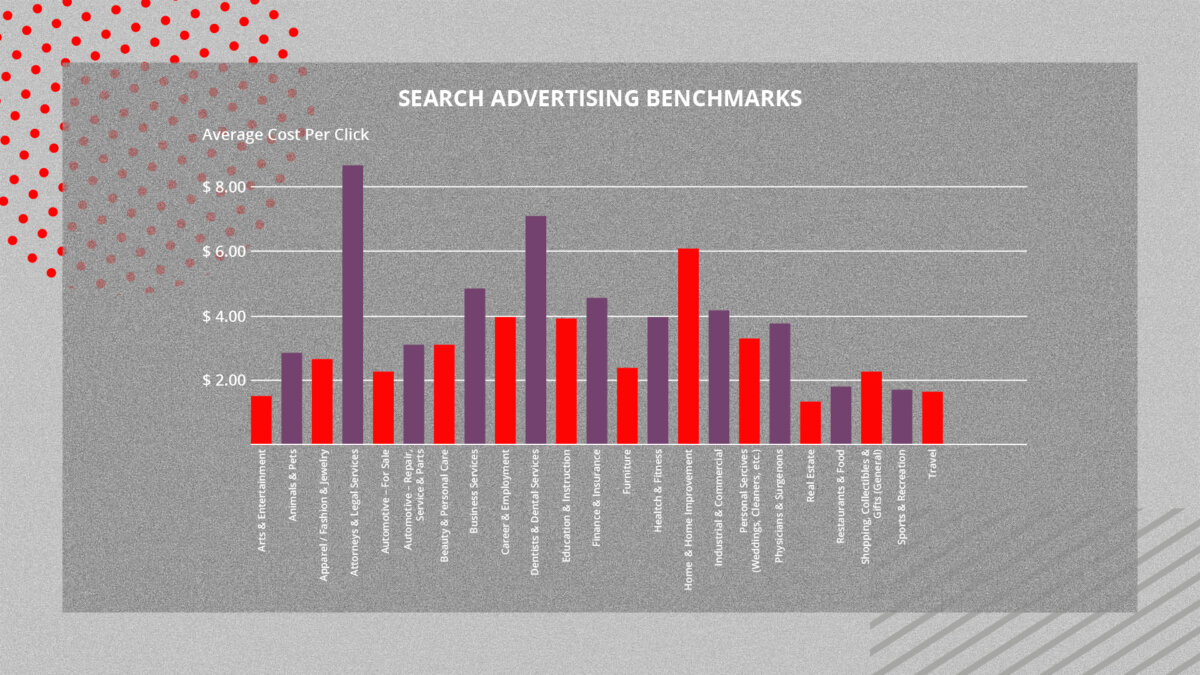
CPA
CPA means Cost Per Action and measures campaign performance according to a specific desired action that the target audience is expected to take, such as downloading an e-book, signing up or subscribing, purchasing an item or taking some other action. In performance marketing, the action of potential customers is considered the most important tangible and measurable result, which is why CPA is also one of the most important and popular metrics.
CPO
"Cost Per Order" represents the biggest advantage for the seller: The risk of the advertising investment lies for the most part with the publisher. This is because the publisher only receives his money when an actual order is placed. As a result, the seller generates real sales and only high-quality contacts.
CPL
There are great similarities between "Cost Per Lead" and CPO. With CPL billing, payment is made by the advertising company when a user contacts the company.
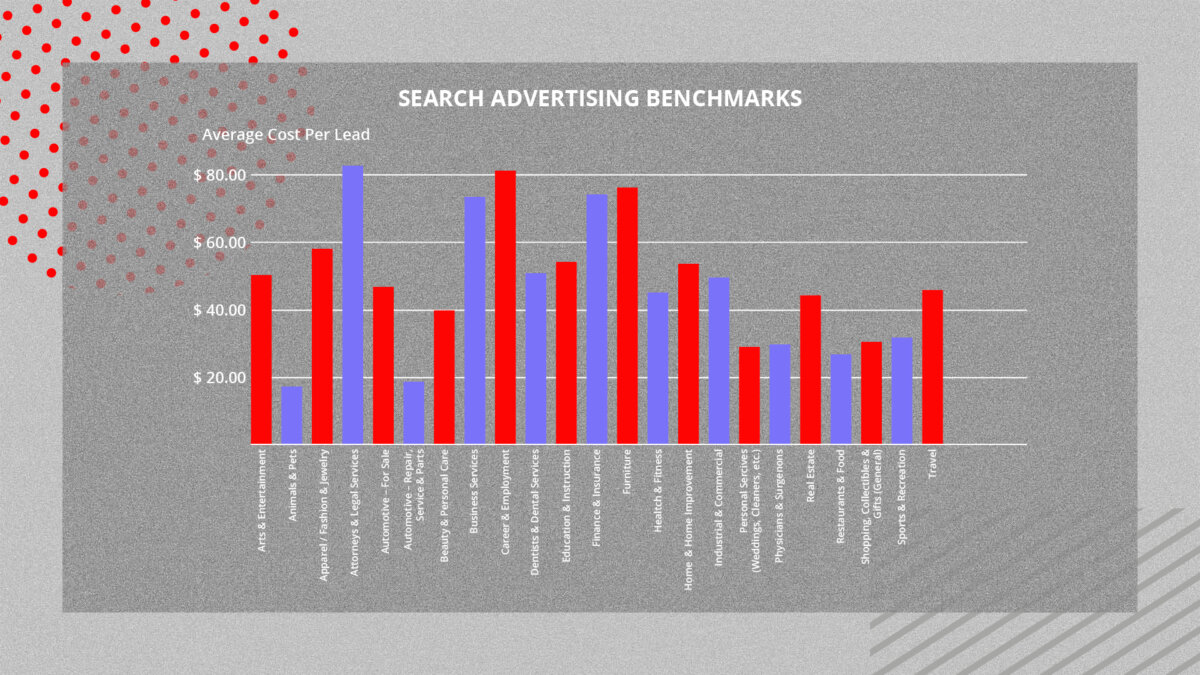
CPI
If your company offers its own app to its customers, then this "Cost Per Install" billing model is important. With this model, payment for a lead is only made when the app is actually installed.
CPE
This form of billing - "cost per engagement" - is used when an interaction with an advertising medium takes place.
LTV
This metric focuses on the projected lifetime value of an individual customer throughout their relationship with the brand or company. LTV estimates the expected spend of acquired customers based on their ongoing activities and uses advanced methods such as Predictive Google Ads or predictive analytics.
Thanks to increasingly sophisticated measurement capabilities, LTV is fast becoming a popular metric as it helps marketers plan their overall strategies towards the ultimate goal of increasing ROI.
Partnership and tracking tools in B2B performance marketing
There are two main types of performance marketing software: those that focus on connecting advertisers with affiliates or publishers, and those that monitor performance. Let's go through some top tools in each category.
Tools for performance marketing partnerships:
Performance marketing tracking tools:
Conclusion: Why performance marketing is important in the B2B sector
While big companies spend millions of euros on branding, most businesses need to focus on the bottom line to stay profitable. Performance marketing puts the power back in the hands of the advertiser. They determine the action and then pay when that action is completed - whether it's a sale, a lead or a click.
Performance marketing helps scale, increases engagement and improves conversion of new buyers in new markets at lower cost, lower risk and theoretically much higher ROI. Performance marketing is a way to build your brand, product or solution as it increases awareness and engages potential customers. It is a purely results-oriented strategy.
B2B performance marketing ensures that your efforts are focused on maximum impact while optimising to ensure efficient investment and avoid campaigns that are likely to produce fewer results.
HERE you can check the performance of your marketing campaigns for free!



